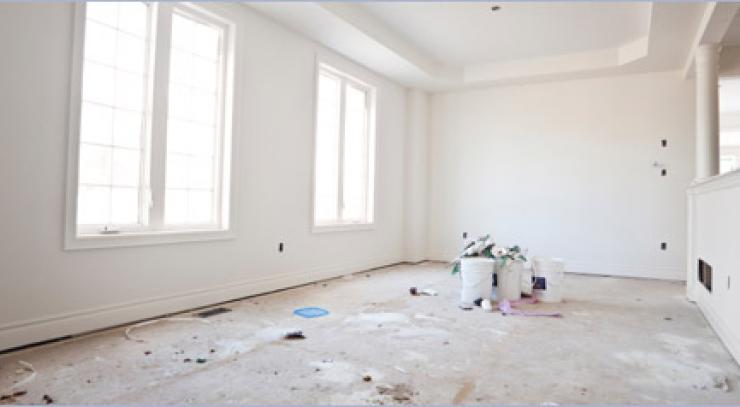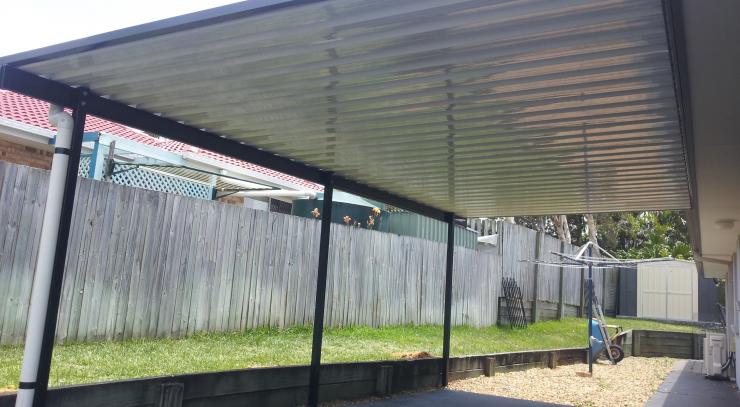Embarking on a home renovation project can be both exciting and daunting. As you dream about modernizing your kitchen, expanding your living room, or adding a new bedroom, you might be overlooking an essential aspect of your home: its foundation. Ensuring a level and stable foundation is a crucial first step in any home renovation project. This is where house relevelling comes into play. In this article, we will discuss the importance of house relevelling, the signs that your home may need it, and how the process works. Additionally, we will examine the benefits of relevelling and the role of professionals in this essential procedure.

House Relevelling
Why House Relevelling is Important
House relevelling is the process of adjusting your home's foundation to ensure it is level and stable. Your home's foundation is critical because it supports the entire structure of the building. Over time, foundations can shift, settle, or become uneven due to factors such as soil movement, water damage, or poor construction materials. When a foundation is not level, it can cause a myriad of problems throughout your home, including:
- Cracked walls and ceilings
- Uneven and sloped floors
- Misaligned doors and windows
- Structural damage to your home's frame
By addressing foundation issues through house relevelling, you can prevent these problems and ensure a safe and structurally sound environment for your family.
Signs Your Home May Need Relevelling
Determining whether your home requires relevelling can be challenging, as not all signs are visible to the untrained eye. These issues can vary in severity and may worsen over time. It is crucial to be proactive and address foundation problems early to avoid costly repairs in the future. Keep an eye out for the following indicators that your home may need to be relevelled:
- Cracks in your walls or ceilings, particularly if they are worsening or growing in number
- Uneven or visibly sloping floors
- Doors or windows that don't close properly, become difficult to lock, or have noticeable gaps.
- Separation between your walls and floors or ceilings
- Exterior cracks in your home's brickwork or foundation
- A musty smell or dampness in your crawlspace or basement, indicating water damage
If you notice any of these signs, consider consulting with a house relevelling professional to assess your home's foundation and determine the best course of action.
How House Relevelling Works
House relevelling can be done through several methods, depending on the cause of the foundation issue and the structure of your home. Typical techniques used in house relevelling include:
- Underpinning: This process involves strengthening your home's existing foundation by digging below the unstable soil and installing piers, which support the foundation.
- Slab jacking: This method lifts and levels a sinking concrete slab by pumping a grout mixture beneath the slab, filling any voids and raising it back to its original position.
- Helical pier installation: In this procedure, helical piers (screw-like steel posts) are installed into the ground to a predetermined depth, providing additional support to your home's foundation.
- Push pier installation: This method involves installing steel push piers deep into the soil to add support to the foundation’s footing.
Each of these methods will involve the expertise of professionals and could require permits and inspections, depending on your local regulations.
The Benefits of House Relevelling
Investing in house relevelling offers numerous benefits, including:
#1. Enhanced safety and structural integrity: A level foundation creates a secure and stable environment, reducing the risk of damage to your home and ensuring the safety of your family.
#2. Improved home value: Addressing foundation issues and maintaining a level house will increase your property's value, making it more appealing to potential buyers.
#3. Prevention of further damage: By addressing the root cause of your home's structural issues, you can prevent additional problems from developing down the road.
#4. Cost savings: Investing in relevelling can help you avoid more costly and extensive repairs in the future, saving you both time and money.
The Role of Professionals in House Relevelling
While some small home renovation projects may be suitable for DIY enthusiasts, house relevelling is not one of them. Working with your home's foundation can be complex, and mistakes can have serious consequences. Professional house relevelling contractors have the skills, experience, and equipment to properly assess your home's foundation issues and implement effective solutions. Additionally, professionals can guide you through the permit and inspection processes as needed, ensuring your home remains compliant with local regulations.
Conclusion
As the first step in any home renovation project, house relevelling is a crucial procedure for maintaining the safety and value of your property. By identifying the signs of foundation issues and addressing them proactively, you can ensure your home remains stable and secure for years to come. Trusting this vital task to professionals ensures accurate assessments and proper solutions, providing peace of mind and laying the groundwork for a successful renovation.





















